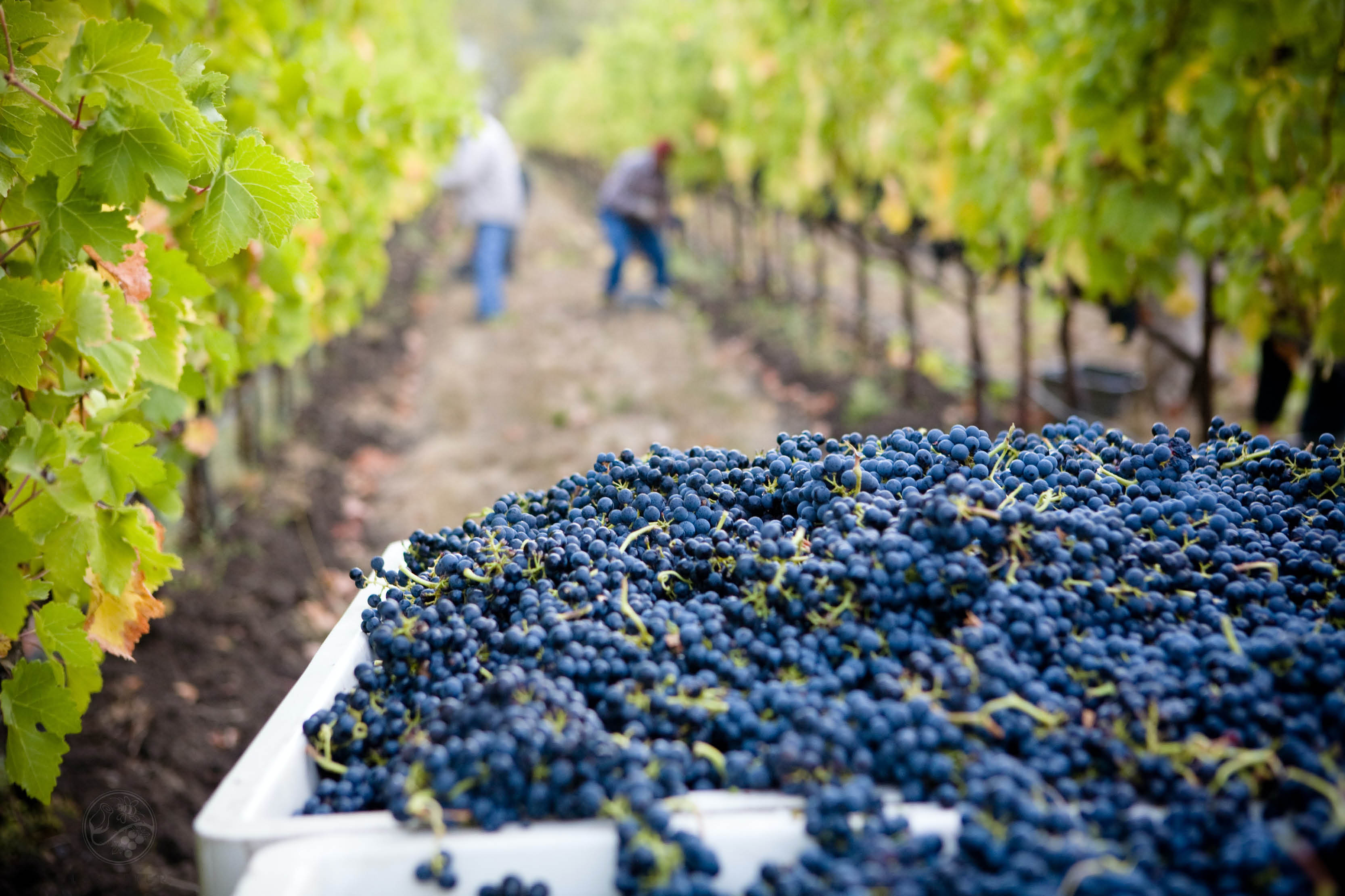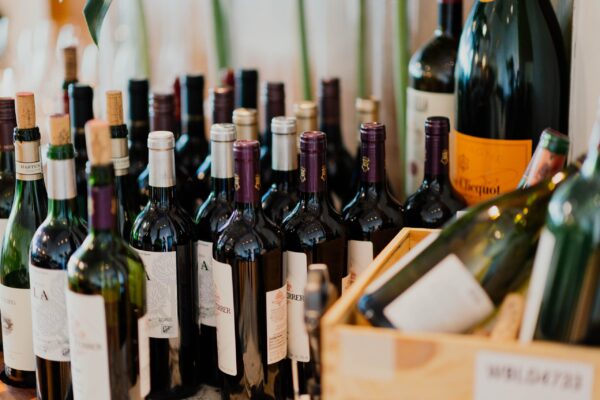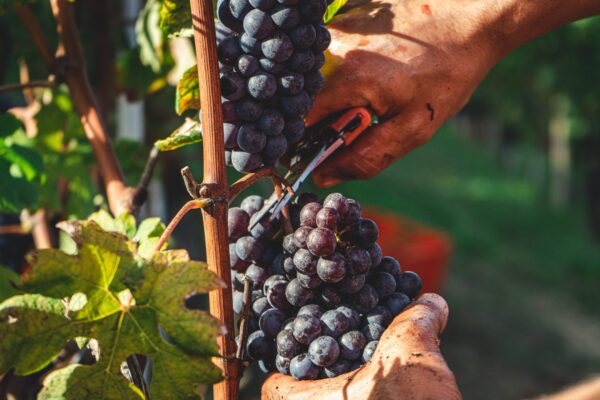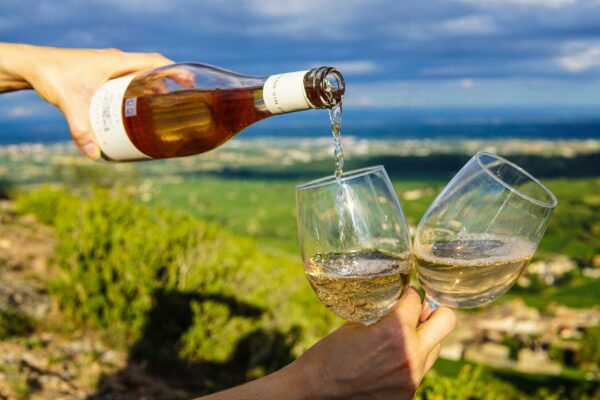Over the past few years, there has been a real enthusiasm for products farmed in a way that is eco-responsible, and wine is no exception. High Environmental Value (HVE), organic, biodynamic, sustainable or even natural wines, if it is not easy to understand what they are exactly, one thing is sure, these labels are created from a common desire: to reduce the impact on the environment. Let’s take a closer look at the nuances.
Wines from sustainable agriculture
These wines are hybrids between wines coming from traditional and organic farming. The idea is to work the ground in a way that respects the environment. This results in a moderate use of chemicals and by reducing the use of chemicals, the winemaker is able to maintain a biological diversity of the ecosystem. The climate plays an important role because the choice of treatment will depend on it. Sustainable viticulture has been recognised and certified since 1998 with the Terra Vitis label.
In 2009, after 10 years of practising sustainable viticulture, Terra Vitis winegrowers decided to go further. They integrated new elements into their approach; careful management of water and air resources, biodiversity, land and energy resources.
Organic Wines
Organic farming only applies to the grapes and the winemaking process. However, before 2012 and the arrival of new European measures, only the grapes were tested by the label. The winemaker must therefore follow environmentally friendly specifications that bans pesticides, herbicides, chemical fertilizers and GMOs. A particular attention is paid to the vine and its well-being. After all, the better it is, the better it will produce. The use of specific herbs and plants is common in order to attract certain insects that will eliminate the predators of the vine and grapes. Soil life is privileged by promoting the natural balance in between species.
Regarding the vinification process, the strict specifications stipulate that the sulphite content cannot exceed a certain amount and that any additive has to be certified organic (yeast and sugar). The labels are the Label Bio Européen and Nature et Progrès.
Biodynamic wines
The idea comes from Austrian agronomist and doctor Rudolph Steiner and was developed in the 1920s. Organic and biodynamic viticulture have a common ground however, as you might guess, biodynamic agriculture goes much further. We could compare biodynamic agriculture to the work of yesteryear. The symbiosis and exchanges between the vine, the earth, the sun and the air are highlighted. The natural cycle of life is respected by closely following the lunar calendar. Even the positioning of the planets has its role to play.
Winemakers use natural products such as plant-based spraying, rock crystals or cow dung to protect the vine. The idea here again is to respect and promote natural biodiversity. In order to preserve the quality of the grapes and thus to obtain a better wine. Demeter and Biodyvin are the labels.
The HEV label
Created in 2012, this label meets a great success and more and more winemakers are interested in it. Between 2018 and 2019, the number of farms with the High Environmental Value label has doubled.
As its name implies, the HEV certification is focused on the protection and respect of the environment. Several aspects of the production are taken into account to get the certification. Among them, there is the protection of the biodiversity of the farms, the low use of phytochemistry products, management of the fertilization and the protection of water resource. Not only that, the HEV label is divided into three groups according to the level of protection of the ecosystem carried out by the farmer:
- Compliance with key environmental regulatory practices (i.e., the environment itself, plant health, and good agricultural and environmental conditions).
- Adoption of technical practices with low environmental impact.
- The level of excellence of the scheme for farms with a high level of biodiversity and a very low use of inputs.
Natural or natural wines
As you will have understood, natural wines undergo minimal intervention by the winemaker and this throughout the whole process – from the vine to the vinification. The goal is to feel the natural expression of the soil ,the vines are also worked in organic or biodynamic farming so away from chemicals and synthetic products. The harvest is usually done by hand and the vinification is said to be natural. That is to say, without or with very few additions of oenological inputs (which are not naturally present in the soil) such as sulphites. With the least possible intervention, the winemaker preserves the original and natural character of the wine, closer to the taste of the grapes.
To make natural wine it is however not necessary to follow technical specifications. This means that there is no regulation or official certification. The downside would be to come across an unstable wine. Indeed, sulfre (sulfite) plays the role of antiseptic and antioxidant. It also helps stabilize the wine by stopping a new fermentation. Fermentation could happen in the bottle due to yeasts or bacterias not treated by sulfite. In order to avoid this, the winemaker must work in irreproachable conditions and the wine must be stored in an optimal way. The labels are Association des Vins Naturels (AVN) and Vins S.A.I.N.S (Sans Aucun Intrant Ni Sulfites « ajoutés »).
Today at 10-Vins, all our winemakers work are respectful of the environment and work either in sustainable farming (43%), organic or biodynamic (57%). We are indeed committed to offering our customers quality wines, respectful of the soil and the environment. Now that the different types of wines have no secrets for you, which wine will you choose?
To learn more
You can read about why diversity is important and how you can achieve it with wines from abroad in our article the introduction of New World Wines or learn about the importance of glassware.



